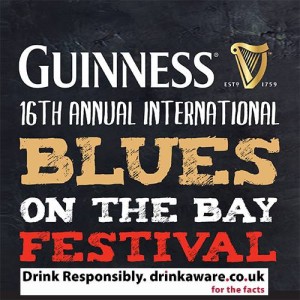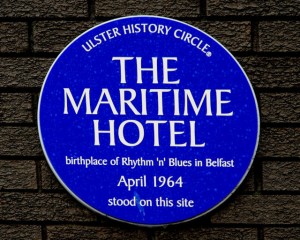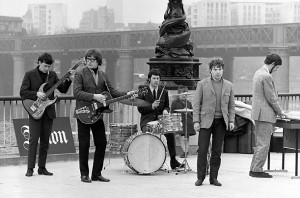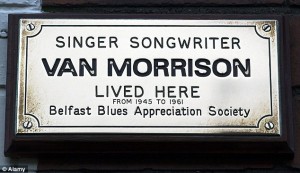The 19th century experiences of African-Americans in the United States’ deep south brought about the introduction of blues music. Slaves formulated their own identity with work songs and ballads that led to rhythm and blues and became infused with jazz and rock and roll. 20th century artists such as Muddy Waters, B.B. King, and Robert Johnson defined the blues movement and made it so influential.

This musical style played a significant role in the novel by Bernard MacLavery. When Cal visited the library, he had access to “black soul” blues music that paralleled his Irish existence with that of the African-American struggle. Blues music is characterized by displacement, which relates to Cal as he struggles to find his identity within Irish society. A tape by Muddy Waters opened Cal’s eyes to his universal struggle. We discussed how identity defines the actions and life goals of individuals to provide a sense of purpose, and Cal needed this kind of definition to make sense of his own situation as a young Catholic victimized by his government.
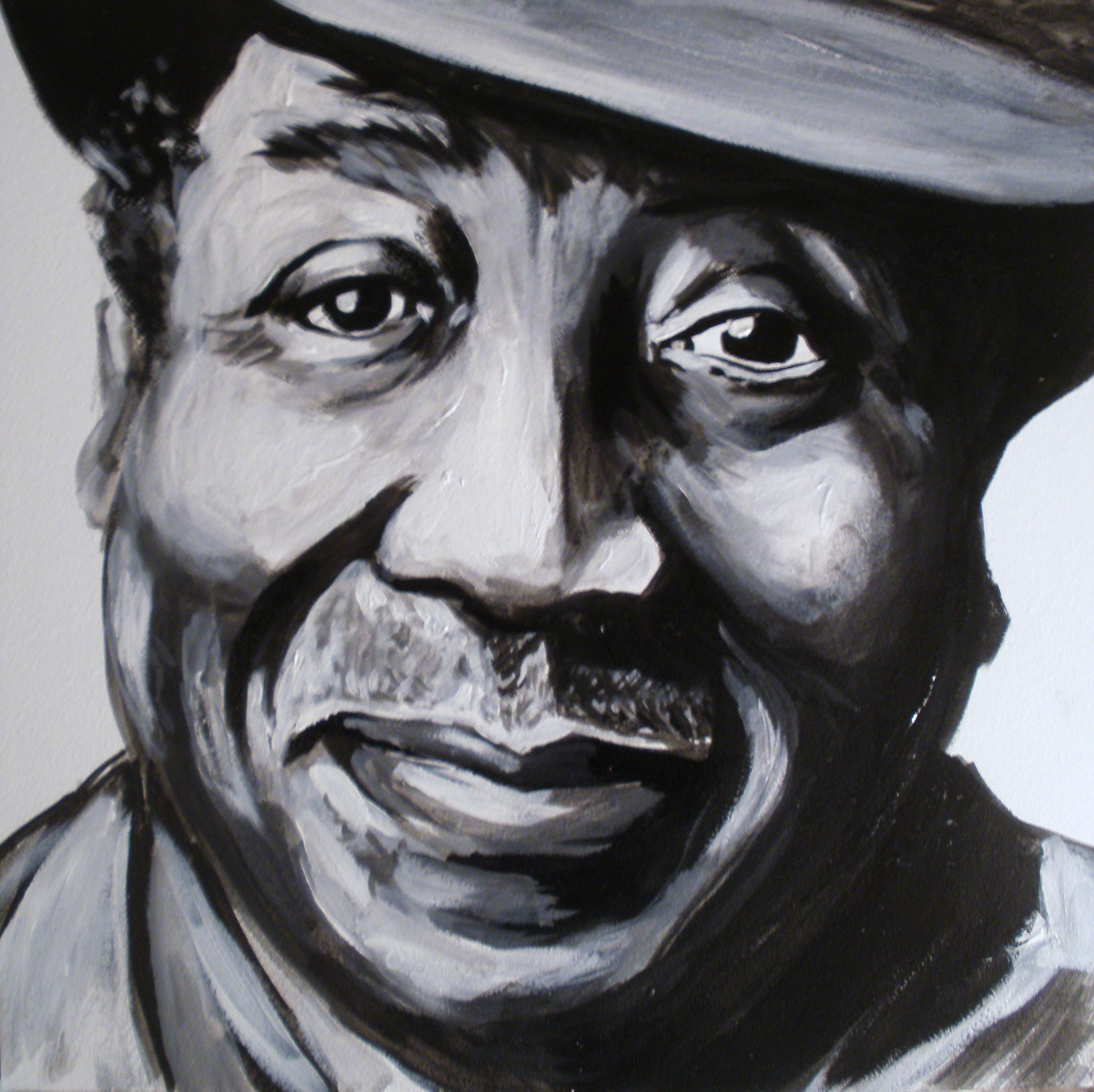
The blues helped to define Cal’s difficult position and gave him a course of action similar to the enslaved blacks by helping him to work through the challenging times. Cal finds refuge in his ability to identify with African-American culture and views this commonality as a beacon of hope. An article by Reid Makowsky deeply analyzes this blues influence in Cal.
Two Ways of Responding to ‘Troubles’: Bernard MacLaverty’s Use of the Blues and the Western in Cal
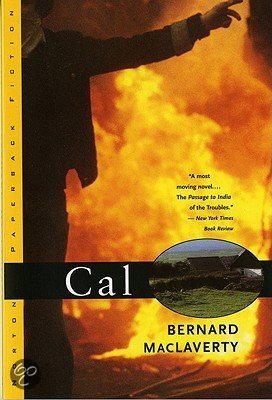
The Commitments, a novel by Roddy Doyle, features a group of unemployed young men from Dublin who want to start a blues band and seek help from a friend to manage them. The story focuses on the group as they overcome adverse economic conditions and find their place in society. Just as American blues artists were united in their struggle for equality through exploring rhythm and blues, the Dubliners bound together using colloquial language and their love of the blues to create a collective identity for themselves.



